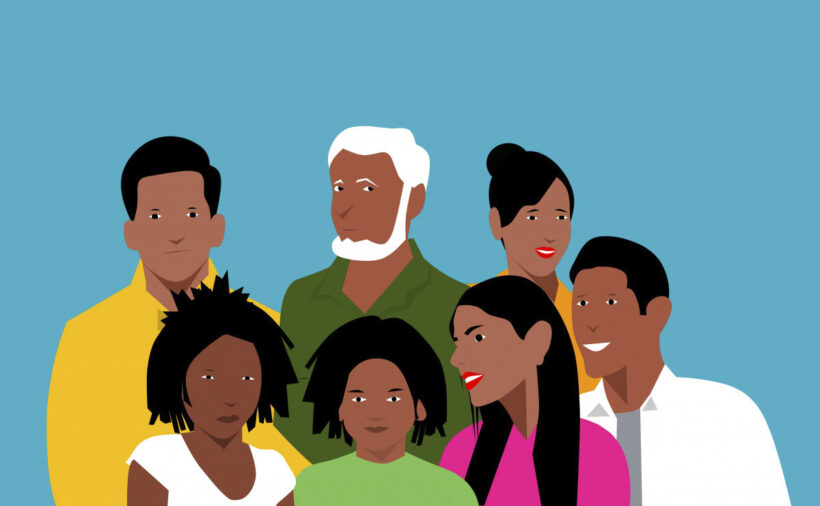Introduction
In ancient times, in the Stone Age, people had to move from one place to another to move their herds seasonally in search of fresh pasture and water. Transhumance was common in those days. There were no borders, no states, no kingdoms, so movement was natural and unpunished.
Historically, transhumance has been an important part of the economy and culture in many regions of the world, especially in areas where year-round agriculture was not viable due to extreme weather conditions or land limitations. Transhumance not only involved the movement of animals but also had cultural, social, and environmental implications.
There was an exchange of customs, knowledge, and languages. It influenced the formation of regional identities and the preservation of traditional knowledge about animal husbandry and the environment.
Evolution
Recent DNA studies of modern Homo sapiens show that there is no such thing as a pure human; we all carry the heritage of our ancestors in our DNA. We are children of the earth and as such have inherited the knowledge and customs of our ancestors.
Migration in the 21st century, like transhumance, is driven by several complex and interrelated factors. Some of the main drivers are Conflict and humanitarian crises.
Armed conflict, political violence, and natural disasters have displaced millions of people around the world. Countries such as Ukraine, Israel, Palestine, Syria, Afghanistan, Yemen, and Venezuela have experienced protracted internal conflicts that have forced many people to flee their homes in search of safety and refuge in other countries. People have found it necessary to migrate to more promising areas with better prospects for the future, where they can settle, develop, and contribute with their best beliefs and ways of life. It is this diversity that strengthens society and has made the migrant human group a creator of employment opportunities and a promoter of innovation and technological change many times in history.
My grandparents were migrants from Lebanon after the fall of the Ottoman Empire in 1920. Like all migrants, they came to Chile in search of better opportunities to survive. They arrived with nothing but the clothes on their backs and began a new life where the Chilean state and people welcomed them, and gave them a new identity and new opportunities to work. A cultural fusion took place; they assimilated the language and, in turn, blends of culinary flavors intertwined with our own.
It is understood that to build bridges between different cultures and people, it is essential to value and respect their particularities. The importance of understanding, recognizing and appreciating the different cultures, traditions, and histories that surround us will give us a way forward. This process allows us not only to bridge our differences but also to build on our strengths and find the common ground that brings us together.
Each of us can make a unique contribution to the achievement of common goals. We must recognize how our actions and contributions can have a positive impact on our environment and the achievement of common goals. Ultimately, mutual appreciation is the foundation upon which we can build strong, collaborative relationships that enrich our lives and communities.
In almost all Latin American countries, there is a crisis of the state model, accompanied by economic and political inequalities that favor a small privileged group in society. This creates a sense of insecurity and terror and destabilizes areas that are completely free of violence.
States are increasingly concerned about migration around the world; the humanitarian crisis has worsened to such an extent that the poor and disadvantaged suffer the most. Climate change has also exacerbated the humanitarian crisis. More than ever, states must become more flexible in the face of a phenomenon that will not be stopped by more discriminatory laws that encourage xenophobia or by closing their borders. Instead, they must promote stability, education, and employment opportunities, and reduce the drivers of forced migration, allowing people to choose between staying or migrating.
I would like to return to a time when people could come and go freely as the children of the earth that we are.
Viviana Galeb Adriazola, Chilean, born 1956, Teacher and poet.






